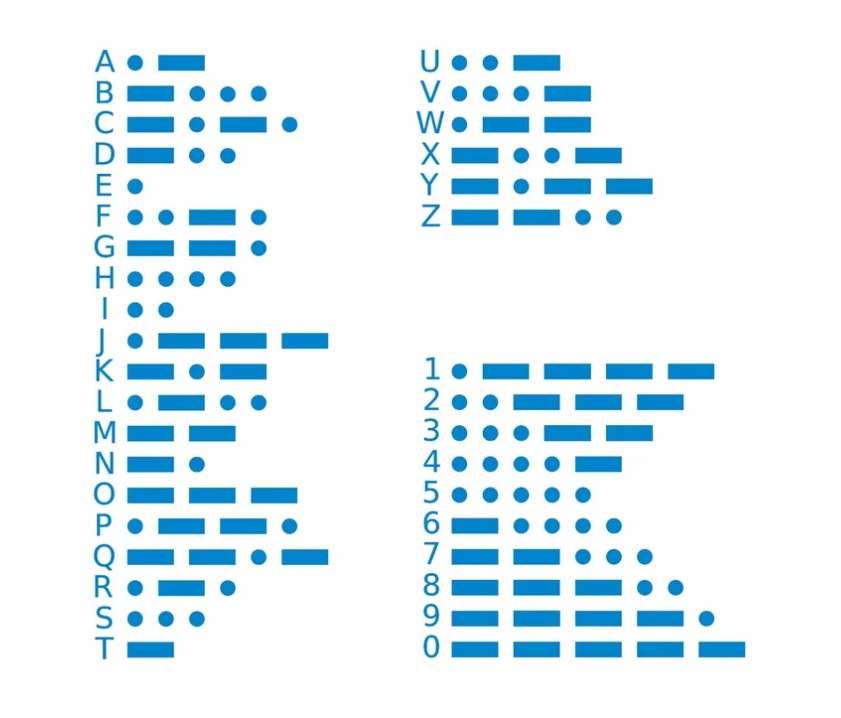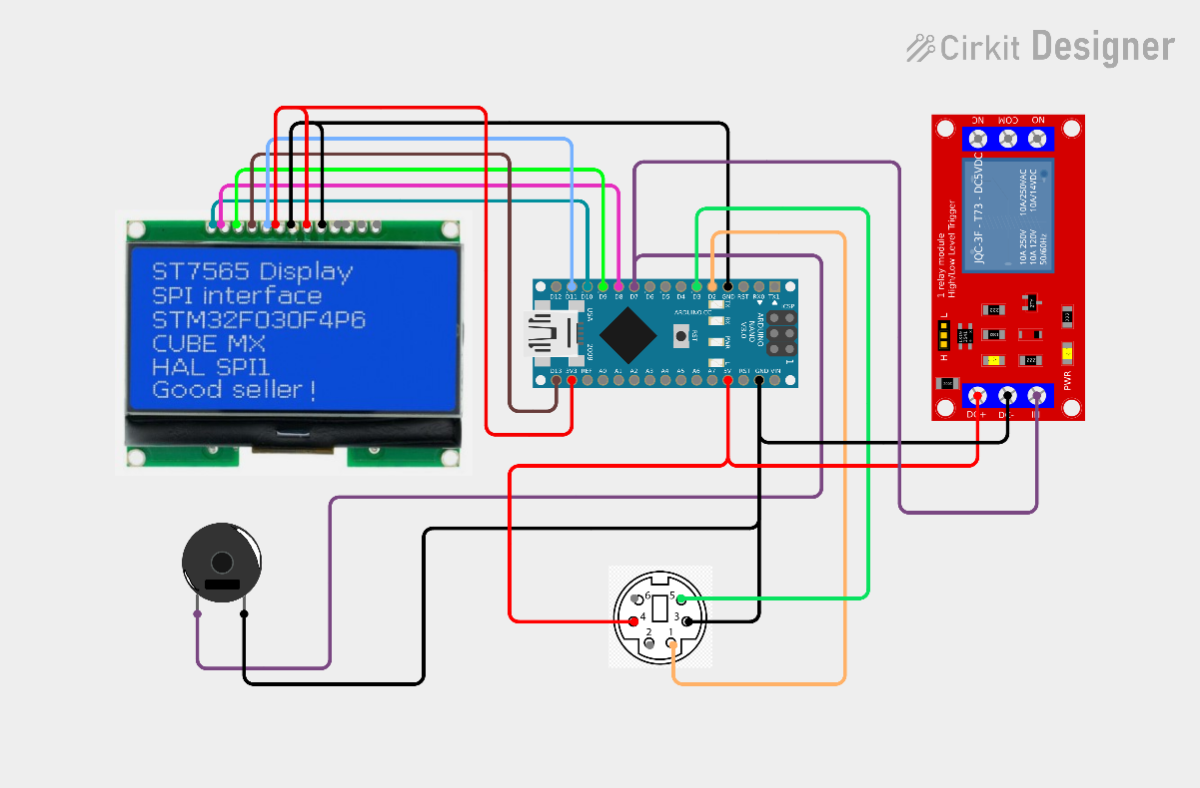Morse code is a method used in telecommunication to encode text characters as standardized sequences of two different signal durations, called dots and dashes.

Morse code is named after Samuel Morse, one of the early developers of the system adopted for electrical telegraphy. HAM Operators typically use a telegraph key or paddle to manually input Morse code, which is then transmitted via radio waves.
In one of my previous videos I described a device that automatically decodes Morse code characters into letters, whereby we can follow this type of communication without knowing the Morse code. In order to be able to communicate completely in this way, we also need a device that will convert plain text into a Morse code signal, which is compatible with the radio transmitter. Exactly such a device is described in the project that follows.
The text is entered through a standard ps/2 keyboard, and a 5V relay module is placed at the D7 output, through whose contacts the generated morse signal is sent to the transceiver. The relay contacts behave identically to the telegraph key.

There is also a small piezo buzzer for audio presentation. Specifically, in this case, instead of a relay, I put an LED that visually presents the signs. The typed text is displayed on the LCD display.
The device is really simple to make and consists of only a few components:
- Arduino Nano mikrocontroller board
- LCD Dispaly 128x64 dots with ST7565 driver chip
- ps/2 keyboard female connector
- Led (or 5V relay board
- and small Buzzer

And now let's see how the device works in real conditions.
The text that we type on the keyboard appears on the display. At the same time, we can edit or correct it, and then by pressing Enter, a Morse code is generated from that text, which we simultaneously hear on the buzzer. While the signal is being sent, we can enter new text. The transmission speed can be changed from 1-30 words per minute, and that speed can be changed using the PgDn and PgUp keys.

The device is built into the corresponding housing made of PVC material, and covered with self-adhesive colored wallpaper.
And finally a short conclusion. learning to transmit Morse code with a manual key, and decode it, seems to be an anachronism in the age of computers. In this and the previous project, I presented you a very simple and easy way to enter the world of DX communications without learning Morse code, which requires a lot of time, skill and effort.

